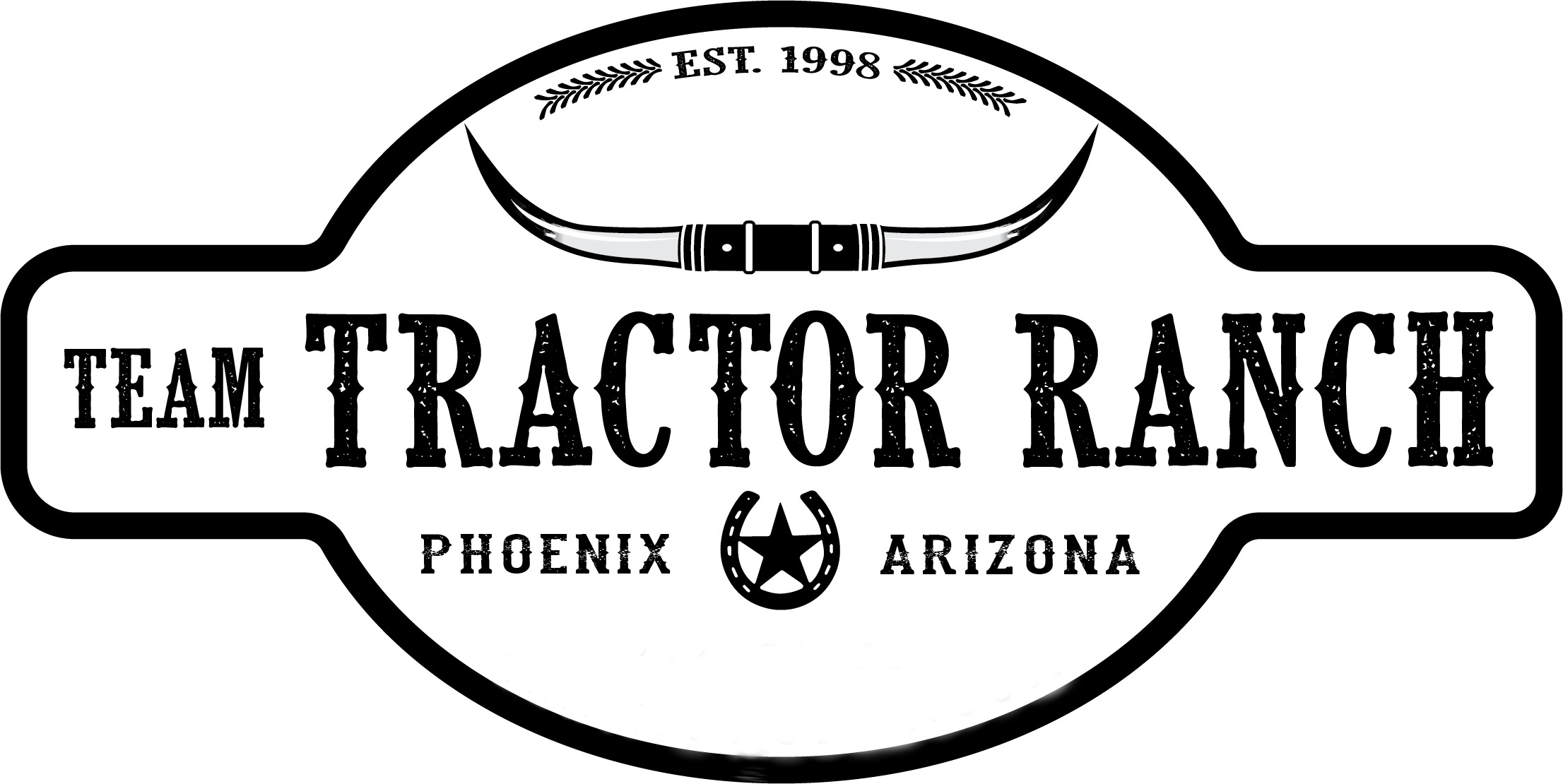Tractor Spring Maintenance Made Simple
As winter fades and spring approaches, you will soon be ready to use your tractor again. However, winter's cold temperatures and the time spent in storage can take their toll on your equipment. You shouldn’t take your tractor straight from the shed and into your fields. Instead, go through the following de-winterization process first.
Consult the Owner's Manual
A great place to start is by scanning your tractor's owner’s manual. There may be model-specific tasks you need to handle or certain products you should/should not be using. See what the manufacturer recommends for keeping your tractor running well.
Do a Visual Inspection
Next, give your tractor a good glance over. Look for red-flag issues such as leaks, loose hoses, misplaced cables, and improper alignment. If you notice anything out of the ordinary, make a note. Then address it yourself or bring your equipment to the service department. You'll want to get problems fixed as soon as possible. Small problems can grow and turn into larger issues that cost more to repair.
Check the Settings
As your tractor sat in storage, some of the settings may have fallen out of place. For example, the steering, clutches, and brakes may be slightly off from their ideal setting. Check the settings, then adjust as necessary to match the manufacturer's recommendations or your personal preferences.
Check the Fuel
It's important to use fresh fuel in your tractor. During the spring, you're likely using your equipment enough that it's a non-issue. But your machine just spent a significant amount of time in storage and the fuel quality may be affected. Consider changing out the fuel to a fresh one. If you used a fuel stabilizer before putting your equipment in storage, then you may only need to top off low fluid levels.
Check the Engine Oil
Before you use your equipment, you will want to ensure the engine oil is of good quality. You'll check it with the same process that you use with your car or truck. Enter the dipstick, wipe it off, enter the dipstick again, and then remove it. Make sure the engine oil is the right color and consistency. If the quality is good, top off the engine oil if it's low. If the engine oil is less than ideal, replace the oil.
Check the Tires
The time in storage can be tough on your tires. Your tractor’s entire weight has been pushing down on them unless you raised your tractor or were proactive about rotating the tires often. Make sure the tires have not been damaged during storage. Cold weather and fluctuating temperatures can affect the tire pressure, so use a tire pressure gauge to see the measurement and then adjust as necessary.
If you need any further help or have any questions about service, tractors, implements, Yanmar, or anything else equipment-related, please contact your dealer, local mechanic, or call us at 602-734-9944. Please ask about our current new and used tractor supply.
If you are looking for old, vintage, classic, or new tractor parts, send us a part request.
Team Tractor Ranch - #1 Tractor Dealer in Arizona. We sell and service most major brands of tractors including Yanmar, Kubota, John Deere, TYM, Mahindra, Kioti, Case, New Holland, Massey Ferguson, Ford, Deutz, Case IH, Farmall, International Harvester, Branson Tractors, LS, Shibura, Claas Tractor, McCormick Tractors, Valtra, Solis, YTO, Montana, and Nortrac.
